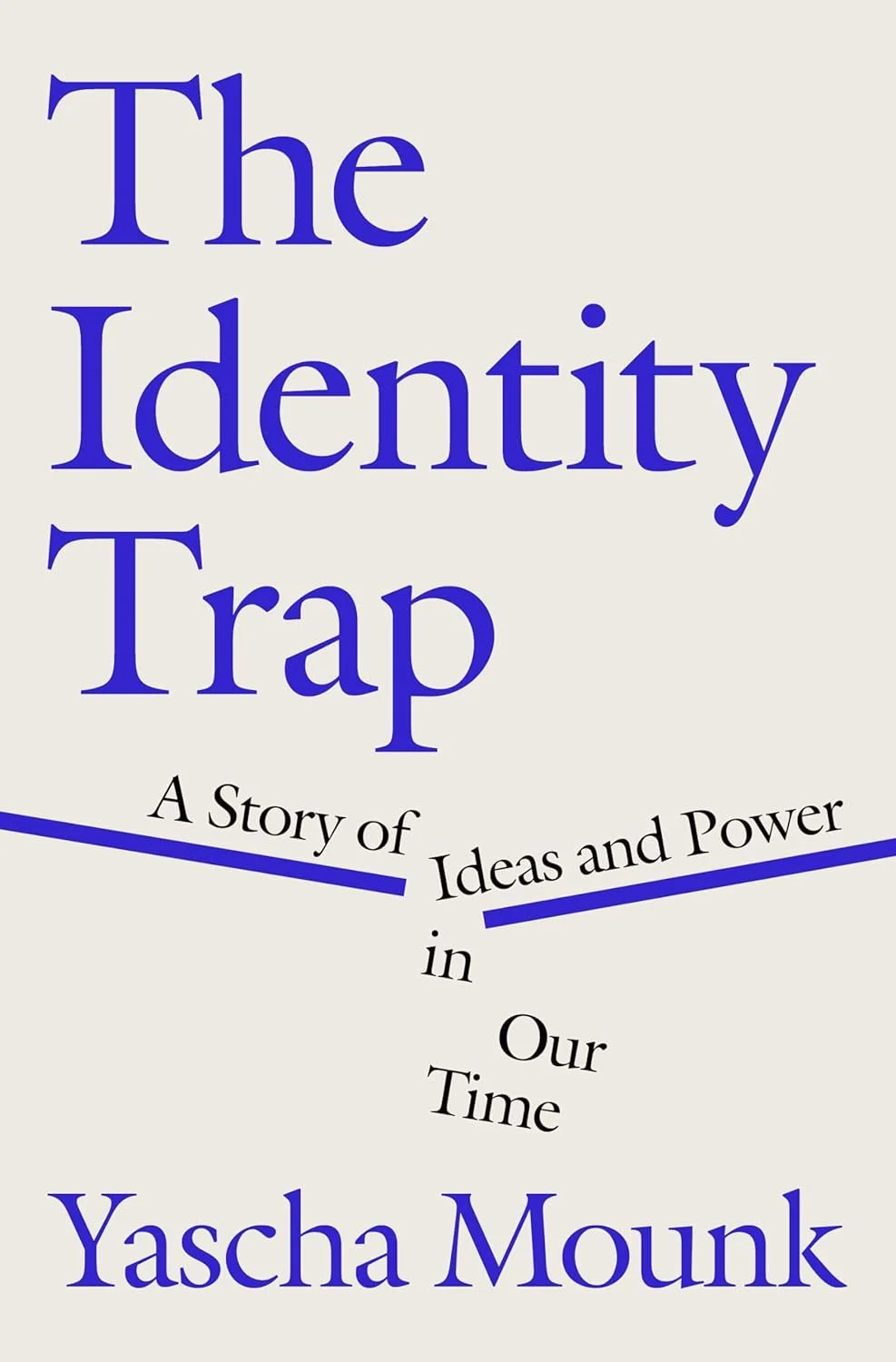One Child - A Review
China’s one child policy offered promise of economic blessing, but has resulted in sociological disruption leading to economic problems, leaving trauma and tragedy in its wake. This is an example of a government trying to plan its way to prosperity.
In a 2012 book, One Child: The Story of China’s Most Radical Experiment, journalist Mei Fong explores the impacts of the technocratically-driven population policy instituted by China several decades ago.
One Child is an engaging book. Fong writes clearly, tells captivating stories, and systematically arranges the book in a way that makes it an enjoyable and informative read.
One of Fong’s main goals in writing One Child is to demonstrate that the infamous policy of Communist China is not the blessing that some have argued it to be. She writes,
“It took me a while to realize that, contrary to popular thinking, the one-child policy had very little to do with China’s double-digit economic growth of the past thirty years, and will actually be a drag for the next thirty.” (9)
Fong came to realize that people are both consumers and producers. Although she does not articulate the idea clearly in her book, it seems that she also recognizes that the economy is not a pie of a fixed size. That is, having more productive citizens does not mean that the same wealth must be distributed to more people more thinly. It means that more people will produce more wealth, which can be available to many people. The economy is not a zero-sum game.
The tragedy of the one-child policy is manifold. Fong notes that the policy has created a class of non-citizens in China who, because they were the extra child born over the limit, cannot be registered and cannot get health care, an education, or jobs. They are the hei haizi, “black children,” undocumented and ignored.
One of the more frightening aspects of the one-child policy has been the eugenic emphasis. Fong argues, “Chinese authorities were never shy about stating this aim of the one-child policy: fewer births, higher-quality births.” (28) The right people should be able to procreate to create the right sort of citizen. The result of such policies is always horrific abuse of human rights.
Fong tells the story of one factory worker pregnant with her second child. She believed she was qualified for an exemption, but the local officials disagreed. They demanded an exorbitant fine, which her family could not pay, and was subsequently forced to have an abortion. Fong writes,
“Feng, meanwhile, was made to sign an agreement she voluntarily consented to the abortion. On June 2, she was injected with a substance to kill the fetus. She later said, ‘I could feel the baby jumping around inside me all the time, but then she went still.’” (61)
Furthermore, “In some parts of the country, pregnant women without birth permits were marched off in handcuffs to undergo forced abortions.” (70) In the 1990’s, the policy expanded to punish behaviors that could be more or less linked to unsanctioned births, “Women were fined for living with a man out of wedlock; for not using contraception, even if it didn’t lead to pregnancy; or simply for not attending regular pregnancy checkups. In Jiangsu, women had to line up twice monthly for pregnancy tests and publicly pee in cups.” (73)
Contributing to this, there was “a wage incentive for birth-planning officials, which was tied to how many sterilizations and abortions they were able to achieve. . . . [According to one former official,] ‘Some girls were forced to get surgeries even though they weren’t pregnant at all.’” (75]
The enforced abortion regime is one of the most horrific aspects of the policy that Fong records. Interestingly, she herself is a proponent of abortion and considered terminating her first pregnancy, which later ended in miscarriage, which only makes the horror of her stories more apparent.
The sociological impacts of the one-child are also striking. Fong details how combining one-child policies with a culture that expects children to take care of their parents puts extreme pressure on children to get into lucrative careers so they and their spouse can support their own child plus up to four parents and, potentially, grandparents as well. The emotional burden on the child who fears failing a test and being forced into factory work is obvious.
China has also instituted minimum ages for marriage. A man cannot get married before he is 22 and a woman before 20. But if school is not complete and a career not established, then marriage will logically be delayed. Subsequently, the age of marriage goes up and the window of fertility shrinks. The result is increasing infertility, which is making it more difficult for some workers to conceive and bear even the quota of children they are allowed.
Fong’s book is a helpful exposé of the regime in China. It is a reminder that government tinkering in families and biology are often ill-fated, even when they have positive motives. It is also a reminder of the horror of abortion that underlies many zero population growth or other population control movements. These are consistently pitched as “voluntary,” but once the government steps in “volunteerism” often shifts to coercion. People should be careful what they wish for.





















God of All Things thus deepens our experience of the world as we study and live. Its short chapters and engaging prose are suitable for a wide audience. The many connections with real, physical object lessons have deepened my appreciation of God’s efforts to ensure that the message of his greatness is available for all.